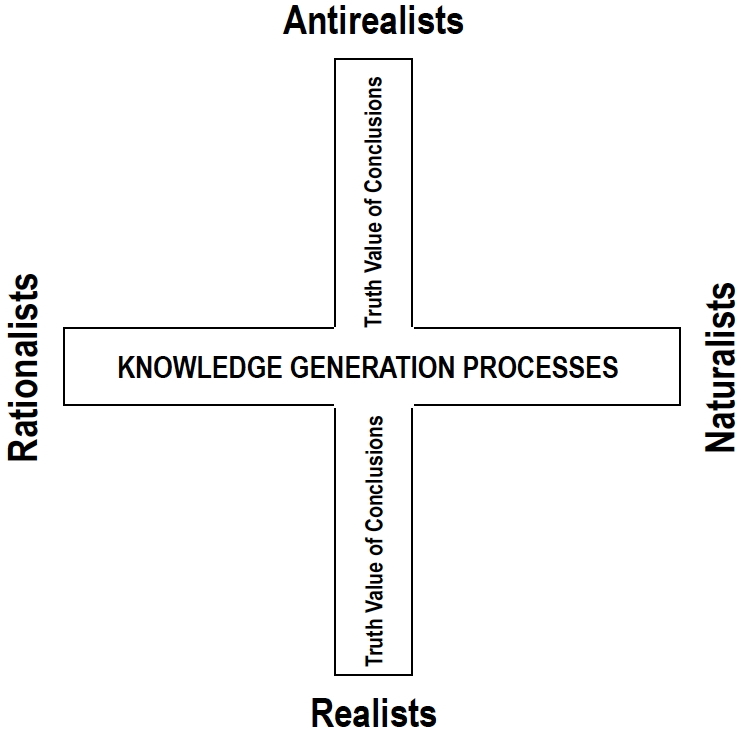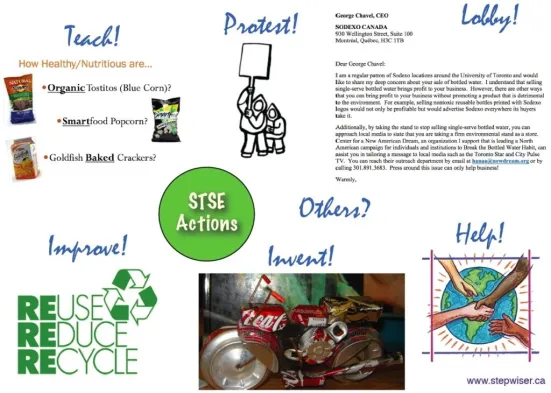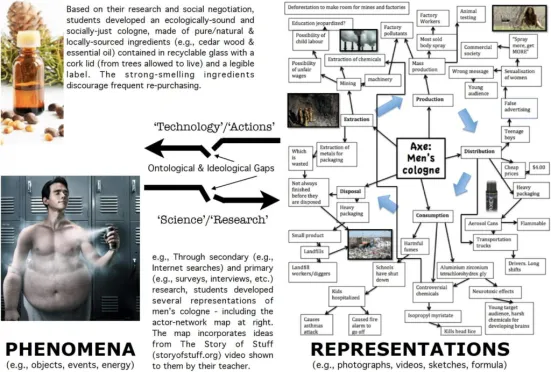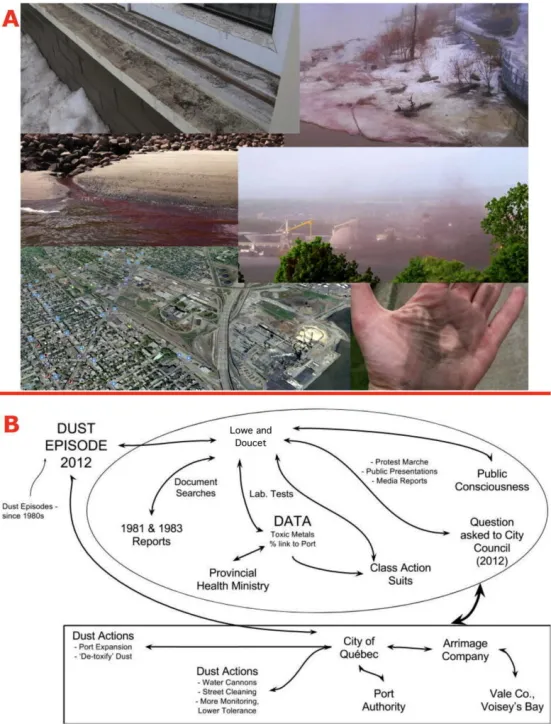STEM-SE Educ8n

STEM-SE Relationships

Also see: Global Economization.

STEM-SE Harms
Also see: Story of Plastic and Plastic Promises.
Also see: Story of Plastic and Plastic Promises.
During periods in different locations around the world of panic, hardship, worrying, etc., the richest humans accumulated vast proportions of global wealth (Oxfam, 2022) – through, for example, increases in surveillance capitalism (also see: Pandemic Surveillance & Corona Virus Capitalism).
Also see Molly White’s Blog, and an article about her in The Guardian.
Also see: The Story of Stuff.
Pedagogy Regarding Nature of Science & Technology

Given diversity of views about NoS, educators may use Loving’s (1991) Scientific Theory Profile shown above (hovering over the four categories provide details) to plan and evaluate lessons & activities (e.g., see here).
Scientific Theory Profile
Antirealists - more or less on this spectrum - believe that scientists (& engineers) cannot develop claims (e.g., laws, theories, etc.) that exactly match phenomena of the world.
Naturalists believe - more or less on this spectrum - that scientists' (& engineers') topics & methods (e.g., experiment/study design, measurements, etc.) often are, while somewhat systematic & logical, influenced by personal (e.g., emotional) and social (e.g., economic, political, interpersonal, cultural, gender, racial, etc.) factors.
Realists believe - more or less on this spectrum - that scientists (& engineers) can develop claims (e.g., laws & theories) that match phenomena of the world.
Rationalists believe - more or less on this spectrum - that scientists' (& engineers') topics & methods (e.g., experiment/study design, measurements, etc.) are highly systematic, logical, unbiased, unemotional, etc.
Teaching STEM-SE Relationships Using Actor-Network Theory
Our Multi-Actant Commodity Arrays and Multi-Actant Documentaries can help introduce students to ANT, dispositifs & punctualization.
To deepen students’ analyses of ST[EM]SE relationships, research and social actions to overcome harms in STSE relationships, we provide, through the videos at right, suggestions & resources for teaching – with applications – students to use actor-network mapping.
Resources: ANT Overview; ANT Summary; ANT Introduction.
Some sample ANT-based lessons are described here. The first 4 videos highlight teaching of ANT in an ‘academic’ (university-qualifying) 10th grade science course, followed by a discussion with students about this work.
Mechanisms of STEM-SE Harms
Prosumption Lessons & Activities
See article, Science, The Endless Frontier of Regulatory Capture.
Teacher Input
The two videos at below can introduce students to attitudes, skills & knowledge regarding government regulation of businesses and phenomena relating to regulatory capture. See also the Descriptions below each video.
Facial Recognition Critique; Detention Camps Critique; Israel-Palestine Tensions; Surveillance Capitalism; Emotional Technology.
Actions to Overcome STEM-SE Harms
Introduction
Given persistence of harms linked to pro-capitalist dispositifs, citizens need to become – e.g., through science & technology education – more personally and sociopolitically active to increase global social justice & environmental vitality. Such actions may vary, depending – for example – on people’s different talents & interests. As illustrated below, many actions may be considered propositional (e.g., developing Signs to promote certain changes in the World). Others, like engineering designs, may, though, be actualizable – directly changing the World.




Although students’ new technologies may promote increased WISE, students’ values as expressed in them can be spread (mobilized) if, as a high school teacher explains in the video below, they are taught about and encouraged to use concepts of sociotechnical imaginaries.

RiNA Projects


Ontological Gaps (mis-translations) occur because of differences in composition of World (e.g., tree) & Signs (e.g., drawing of tree); Ideological Gaps are intentional mis-translations; e.g., climate change deniers narrowly depict global temperature changes.

